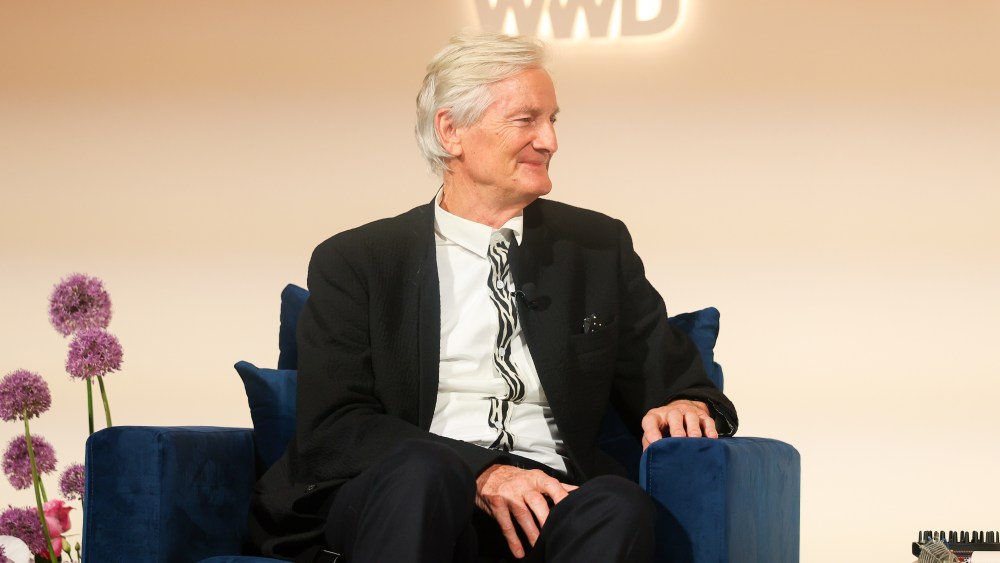The Visionary Journey of James Dyson
James Dyson is not just a name—it represents a groundbreaking legacy in technology and design. Initially known for revolutionizing the vacuum cleaner with his innovative bagless design, Dyson has become synonymous with high-quality appliances, including his recent forays into haircare technology. Behind this success lies a relentless pursuit of innovation fostered during a tumultuous time in the 1960s, a period that shaped his creative approach. Reflecting on that era, Dyson noted the stark contrasts between the vigorous political atmospheres in America and the lifeless conservatism of England at the time, which fueled his desire for change and invention.
In 1960s London, Dyson attended the prestigious Royal College of Art and Design. This was a time of significant cultural evolution, where influences from art and design giants like David Hockney and Ridley Scott harmonized with societal shifts. Dyson recalls the liberating feel of the decade as the shadow of post-war austerity began to fade. Inspired deeply by Buckminster Fuller, whose inventive spirit encouraged exploration beyond conventional limits, Dyson learned that medicine for stagnation often came in the form of bold and creative engineering. This early exposure to such idea-driven thought has since forged the bedrock of his approach to business and invention.
Innovation is the lifeblood of Dyson’s work. His philosophy underscores an incessant drive to refine and enhance ideas rather than settle for the status quo. During a recent discussion, he emphasized the need for engineers to keep evolving, stating that the relentless pursuit of better solutions should be celebrated, not criticized. His foray into beauty technology, particularly haircare, was marked by this same principle of innovation—his team’s genuine enthusiasm for the product highlighted how different consumer interactions are compared to the often mundane conversations around traditional appliances like vacuum cleaners.
Dyson’s ambitious leap into haircare followed rigorous research into hair science, exposing how technology could facilitate better hair health. This move translates his innovation ethos into new territories, using advanced formulations to meet consumer needs. He approaches competition differently as well; for Dyson, imitation isn’t flattery but a degradation of choice and originality. He stands firm in believing that true innovation comes from fresh, original ideas and not from replicating existing designs, which only confuses the marketplace and stifles consumer creativity.
A hallmark of Dyson’s philosophy is the acceptance and embrace of failure as an integral part of success. He argues that traditional education systems often emphasize perfection rather than creativity, resulting in a workforce that is hesitant to fail. At his own engineering university, students are not merely trained to find the right answers but to explore the vast terrain of possibilities, even if that means stumbling along the way. This approach nurtures problem-solving skills and reflects Dyson’s belief that personal growth often comes through trial and error—a message he aims to impart to the next generation of engineers.
Lastly, Dyson’s ventures extend beyond engineering into agriculture, showcasing his versatility and affinity for innovation. With a farm where he cultivates millions of strawberries using advanced robotics and sustainable practices, Dyson demonstrates that creativity knows no bounds. He feels that technology should be applied across sectors to enhance productivity and sustainability, and he continues to dream big, keeping the details of his next initiatives close to his chest. As he continues to push boundaries, Dyson’s journey remains one of bold exploration, underlining that true innovation can create profound change not just within industries, but across society as a whole.

